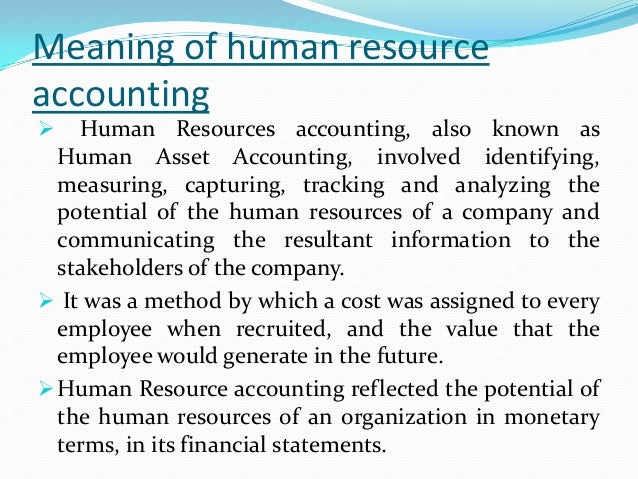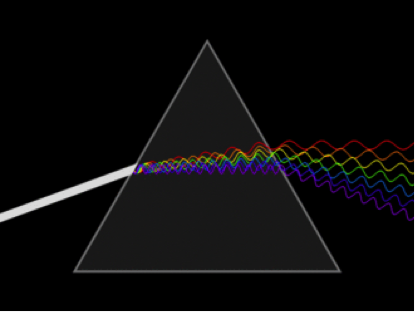Empirical formulae - Formulae and equations - GCSE.
Once the empirical formula is found, the molecular formula for a compound can be determined if the molar mass of the compound is known. Simply calculate the mass of the empirical formula and divide the molar mass of the compound by the mass of the empirical formula to find the ratio between the molecular formula and the empirical formula. Multiply all the atoms (subscripts) by this ratio to.Empirical Formula. A molecular formula displays the number of all the atoms present in the molecular compound individually; this shows the actual numbers of atoms. But the empirical formula.Write the Empirical Formula; The ratios of carbon to hydrogen to oxygen are 1: 2: 1, so the empirical formula is CH 2 O, which happens to be the chemical formula for formaldehyde. 2. Calculate the molecular formula for this compound, given that the sample weighs 180g. Compare the recorded mass to that of the molar mass expressed by the empirical formula. CH 2 O has one carbon atom (12g), two.
The molecular formula for a compound can be the same as or a multiple of the compound’s empirical formula. Molecular formulas are compact and easy to communicate; however, they lack the information about bonding and atomic arrangement that is provided in a structural formula. Terms. structural formulaA formula that indicates not only the number of atoms, but also their arrangement in space.Empirical formulas can be determined from the percent composition of a compound as discussed in section 6.8. In order to determine its molecular formula, it is necessary to know the molar mass of the compound. Chemists use an instrument called a mass spectrometer to determine the molar mass of compounds. In order to go from the empirical formula to the molecular formula, follow these steps.

Molecular formulas are derived by comparing the compound’s molecular or molar mass to its empirical formula mass. As the name suggests, an empirical formula mass is the sum of the average atomic masses of all the atoms represented in an empirical formula. If we know the molecular (or molar) mass of the substance, we can divide this by the empirical formula mass in order to identify the.












